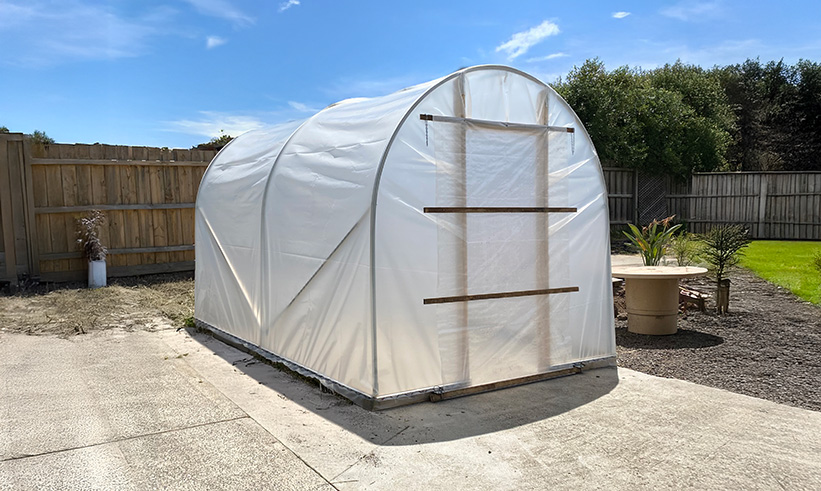How to choose the right size greenhouse?
Greenhouses are a gardener’s haven. They offer a controlled environment where you can nurture plants, flowers, and vegetables year-round. Choosing the right size for your greenhouse is a crucial decision, as it directly impacts the functionality and success of your gardening endeavours.
If you are looking for the correct size Greenhouse in Australia then get in touch with us today, Sage Horticultural has been helping customers since 1965.
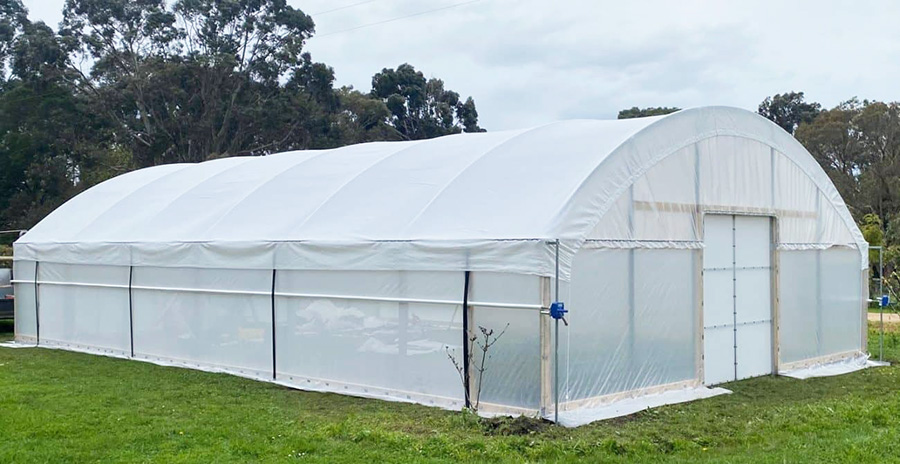
In this guide, we’ll walk you through the essential factors to consider when selecting the size of your greenhouse.
Purpose of your greenhouse
Firstly, determine what you intend to grow in your greenhouse. Are you nurturing delicate seedlings, housing exotic orchids, or cultivating a variety of vegetables? The type and quantity of plants will dictate the space you need.
For example: If you need to grow tomatoes commercially then you may consider a decent-sized greenhouse with a higher roof so that they can grow upward and you can make use of the space well.
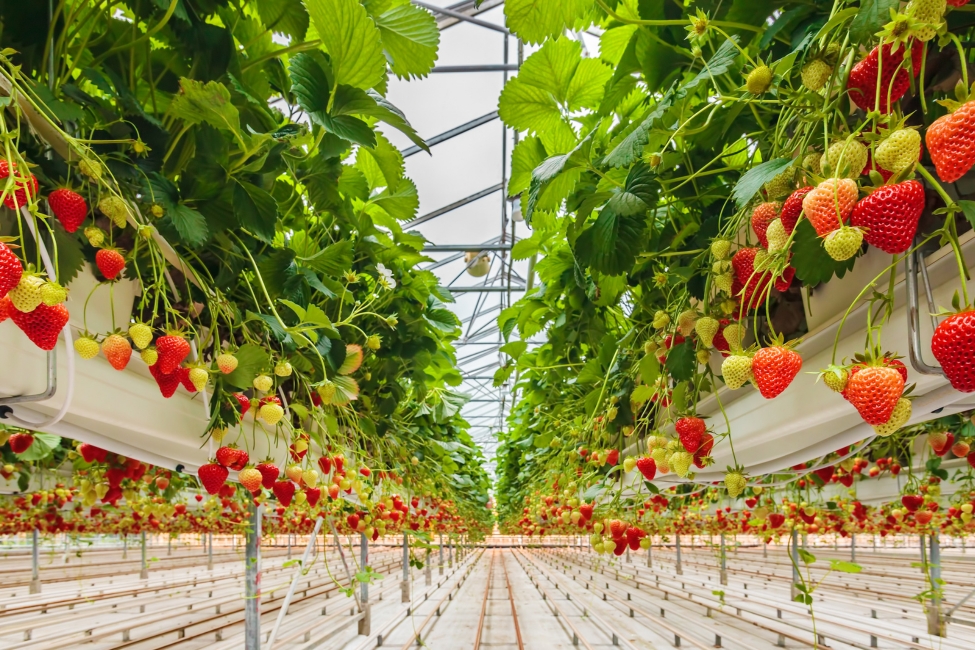
If you are new to greenhouses or a hobbyist then you may try a mini greenhouse, learn and then commit to buying the bigger one as per your needs.
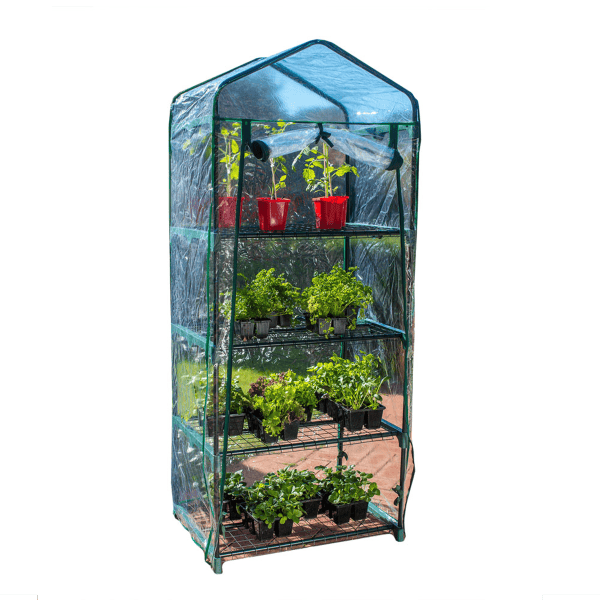 Available space
Available space
Take a good look at your garden or property. How much space can you allocate to your greenhouse? Consider the available area and how it’s oriented in terms of sunlight and wind exposure.
You may consider your current needs as well as possible further growth before making the decision.
Seek professional advice before committing to buy. You can contact Sage Horticultural as we have been in the horticulture business for over 50 years.
Budget
Your budget is a significant factor in your decision. Larger greenhouses cost more not only in the initial purchase but also in heating, cooling, and maintenance. Make sure your budget aligns with your greenhouse size.
The choice of materials is a significant factor. The material you select for your greenhouse, whether it’s traditional glass, efficient polycarbonate, or plastic greenhouse, will have a notable impact on your budget. The cheapest greenhouse is Polytunnel as the most expensive ones are the glass greenhouse.
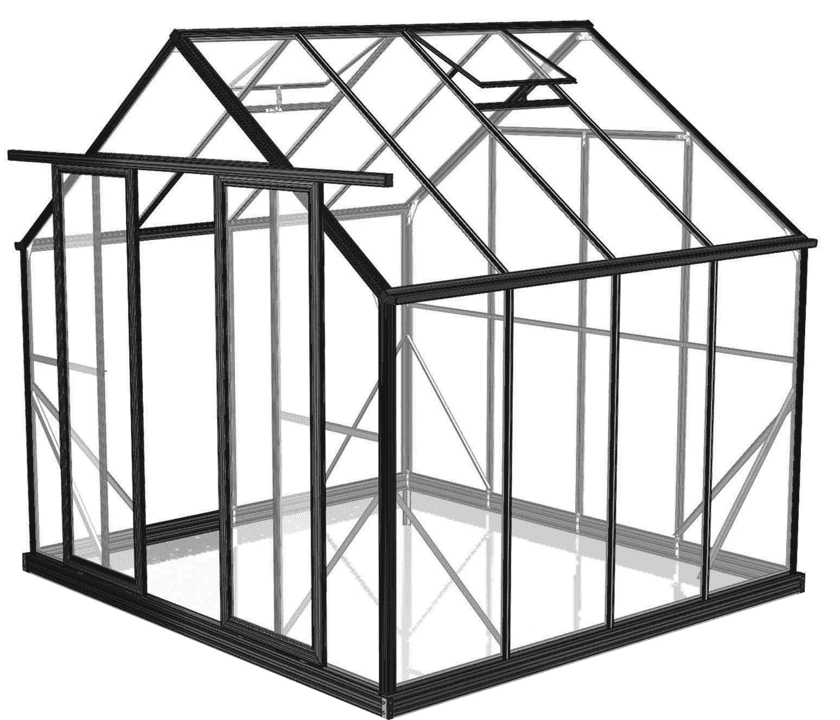 Extensive research is crucial when allocating your budget. Investigate greenhouse suppliers and material costs to gain a comprehensive understanding of the financial aspects of your project. At this stage, you’ll also need to decide whether you want to construct your greenhouse as a DIY project or hire professionals for installation, weighing the cost implications and your own expertise.
Extensive research is crucial when allocating your budget. Investigate greenhouse suppliers and material costs to gain a comprehensive understanding of the financial aspects of your project. At this stage, you’ll also need to decide whether you want to construct your greenhouse as a DIY project or hire professionals for installation, weighing the cost implications and your own expertise.
Other essential elements to consider include the foundation and flooring. The foundation can be made of concrete, gravel, or wood, while flooring options range from gravel and pavers to benches for workspace.
Climate control is a critical aspect of greenhouse budgeting. You’ll need to allocate funds for ventilation, heating, and cooling systems based on your local climate and the specific needs of the plants you intend to grow. Additionally, accounts for utility costs, which will include expenses for electricity, water, and gas for climate control and irrigation.
Generally bigger the greenhouse the more you need to pay to get it installed and manage it.
Learn more about greenhouse pricing in Australia.
Growth potential
As mentioned before think long-term. As a gardener, your passion may grow. Consider a size that accommodates future expansion, so you won’t outgrow your greenhouse quickly.
Changing or replacing a greenhouse is not easy as it has its cost associated, so plan well.
If your future plan is to grow big and if you are new to the industry then you may get a smaller size greenhouse and keep the space available for potential large greenhouse installation once you have some experience. By doing that you can save on initial costs and keep preparing for what is to come in the future.
Location and orientation
Where you place your greenhouse matters. Ensure it receives adequate sunlight and good air circulation. The right orientation can affect temperature regulation.
Here are some key things to consider when it comes to the location and orientation of a greenhouse:
- Sunlight Exposure: The orientation of the greenhouse should maximize sunlight exposure. Placing the structure with its longest side facing north (in Australia) captures the most sunlight throughout the day. This positioning ensures that plants receive adequate light for photosynthesis, essential for their growth. Inadequate light can lead to leggy or weak plants.
- Temperature Control: The location can impact temperature regulation. A greenhouse situated in a location with good airflow can be naturally cooled during hot weather, reducing the need for energy-intensive cooling systems. Conversely, positioning it in a wind-protected area can help retain warmth in cold climates.
- Wind Protection: Protection from strong winds is vital. Excessive wind can damage the greenhouse structure and stress plants. Situating the greenhouse near natural windbreaks, like trees or buildings, can shield it from wind-related damage.
- Proximity to Water and Utilities: Accessibility to water sources and utilities, such as electricity and water supply, is practical. These resources are essential for irrigation, heating, cooling, and automated systems. Locating the greenhouse near these utilities minimizes the need for long extensions and reduces setup costs.
- Drainage and Soil Conditions: Consider the drainage and soil conditions. Well-draining soil can prevent waterlogging around the greenhouse. Poor drainage can lead to problems like root rot and excess humidity. Proper soil analysis and preparation are necessary.
- Accessibility: Accessibility for maintenance and harvesting is crucial. Ensure you can easily reach the greenhouse for daily tasks and management. Long walks or rough terrain can become burdensome.
Ventilation and climate control
Your greenhouse size affects its climate. Larger structures might need more sophisticated climate control systems, like fans or heaters. This adds to the cost.
Depending on your location, you may need heat mats during winter to keep your plants warm. The larger the greenhouse, the more heating equipment would be needed to keep plants warm.
Aisle and workspace
Don’t forget the space you need for yourself. You’ll require room for access, working, and moving plants around. Factor this into your size calculations.
Common greenhouse sizes
Common greenhouse sizes that are available are:
Polytunnel & shade house sizes:
- 2.8m wide x 2.6m high
- 4.0m wide x 2.7m high
- 5.0 wide x 2.7m high
- 6.1m wide x 3.2m high
- 7.0m wide x 3.2m high
- 8.0m wide x 3.2m high
- 8.5m wide x 3.2m high
- etc
Glasshouse sizes:
- 6ft x 6ft
- 6ft x 8ft
- 6ft x 10ft
- 6ft x 24ft
- 8ft x 8ft
- 8ft x 10ft
- 8ft x 12ft
- 8ft x 16ft
- 8ft x 20ft
- 8ft x 24ft
- etc
